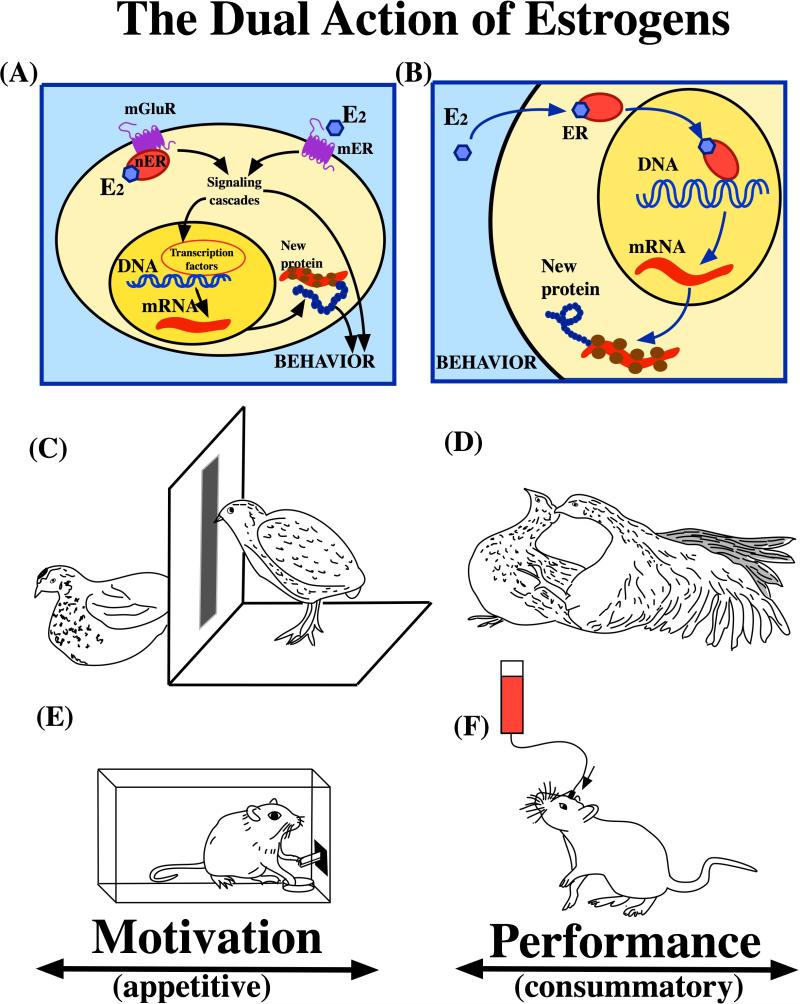Figure 1. Rapid effects of neuroestrogens on quail sexual behavior.
Blockade of estrogen action or of estrogen production by intracerebroventricular injections of antiestrogens (panel A; ICI 182,780, ICI or tamoxifen, TMX) or of aromatase inhibitors (panel B; 1,4,6-androstatriene-3,17-dione, ATD or Vorozole™, VOR) markedly inhibits within 30 min the expression of rhythmic contractions of the cloacal sphincter muscles (RCSM), a form of appetitive sexual behavior reflecting sexual motivation, but does not affect the frequency of copulatory behavior sensu stricto, represented here by the frequency of cloacal contact movements (CCM, panels C and D). **=p<0.01, ***=p<0.001 compared to the control (Ctrl) condition (Newman-Keuls post hoc tests following a significant overall ANOVA). Redrawn from data in [18].

